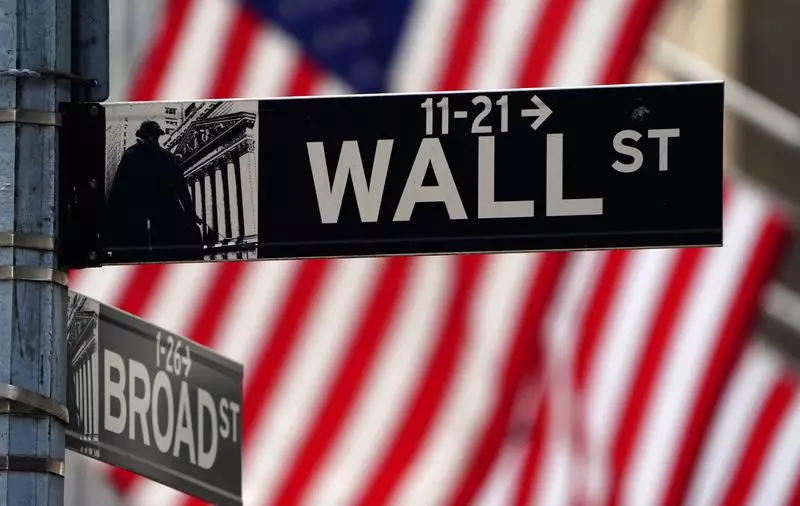As Wall Street heads into the final trading day of 2024, there’s palpable optimism in the air. For more than two years now, the market indices have steadily climbed, buoyed by signs of post-pandemic resilience in the economy. The S&P 500, Dow, and Nasdaq are nearing record highs, with projections indicating that they will conclude the year with gains for the second consecutive time. This ascending trend has been attributed to a mix of lower interest rates and a technological renaissance fueled by advancements in artificial intelligence (AI). The Federal Reserve’s nearly 100-basis point reduction in interest rates has significantly influenced investor sentiment, allowing equities to soar to heights previously unseen.
The tech sector has been the standout performer, with stocks in technology, communications services, and consumer discretionary categories collectively advancing over 30% this year. NVIDIA, a frontrunner in the AI landscape, boasts a remarkable 170% increase in market value, solidifying its status as a bellwether for tech stocks, even amidst a slight contraction compared to last year’s exuberance.
During this crucial year, political dynamics also played a fundamental role in shaping market trajectories. Donald Trump’s recent presidential victory sparked renewed investor confidence, spurring expectations of favorable policies that promise to deregulate industries, cut taxes, and bolster domestic businesses. This political climate has particularly invigorated small-cap stocks; the Russell 2000 index not only reached record levels but also demonstrated nearly a 10% annual gain, underscoring the positive sentiment driven by the election results.
Interestingly, these political shifts also influenced movements within the financial sector, with bank shares seeing a cumulative rise exceeding 30%. However, late December proved challenging for Wall Street. The S&P 500 experienced its most substantial monthly decline since April, primarily precipitated by increasing yields on Treasury notes. This scenario unfolded as equity valuations appeared stretched, and investor caution loomed over expectations surrounding the Federal Reserve’s monetary policy direction.
Currently, the yield on the benchmark 10-year Treasury note has eased to approximately 4.5%, yet inflationary pressures linked to political policy changes raise concerns about the potential moderation of rate cuts in the upcoming year. As analysts closely monitor fiscal policies from the new administration, predictions about when the Federal Reserve will implement its first rate cut of 2025 generally suggest a timeline between March and May. The ambivalence surrounding tax and tariff strategies under Trump’s administration will likely dictate the pace of further equity gains.
Market experts emphasize the need for clear earnings expectations, particularly within the tech and AI sectors, to sustain the current bullish momentum. With tech stocks representing a crucial component of the broader market recovery, any disconnection between earnings growth forecasts and actual performance could spell trouble for investor confidence.
In an intriguing twist, Trump’s electoral success also sparked a resurgence in the cryptocurrency markets. Bitcoin’s value skyrocketed, crossing the impressive milestone of $100,000. Companies like MicroStrategy have benefited immensely from this surge, with their stock prices tripling throughout the year as they aggressively purchase and hold Bitcoin. Meanwhile, other crypto-related stocks like Coinbase and Marathon Digital Holdings have also registered significant gains, reflecting a robust demand for digital currency investments.
Yet, it is essential to note that not every sector basked in these market tailwinds. The materials sector has faced challenges, particularly with significant yearly declines, driven largely by economic troubles in China—one of the world’s largest consumers of metals. This juxtaposition illustrates the uneven recovery unfolding across various sectors, where the rise of high-tech and crypto investments contrasts starkly with the struggles of traditional resource-heavy industries.
As 2024 draws to a close, Wall Street finds itself at a crossroads of opportunity and uncertainty. While the increases in tech and crypto markets have fostered a sense of optimism, the imperative for clarity regarding future economic policies remains clear. Investors must prepare for a volatile landscape where both political maneuverings and economic indicators will shape their next moves in the ever-evolving financial arena.

